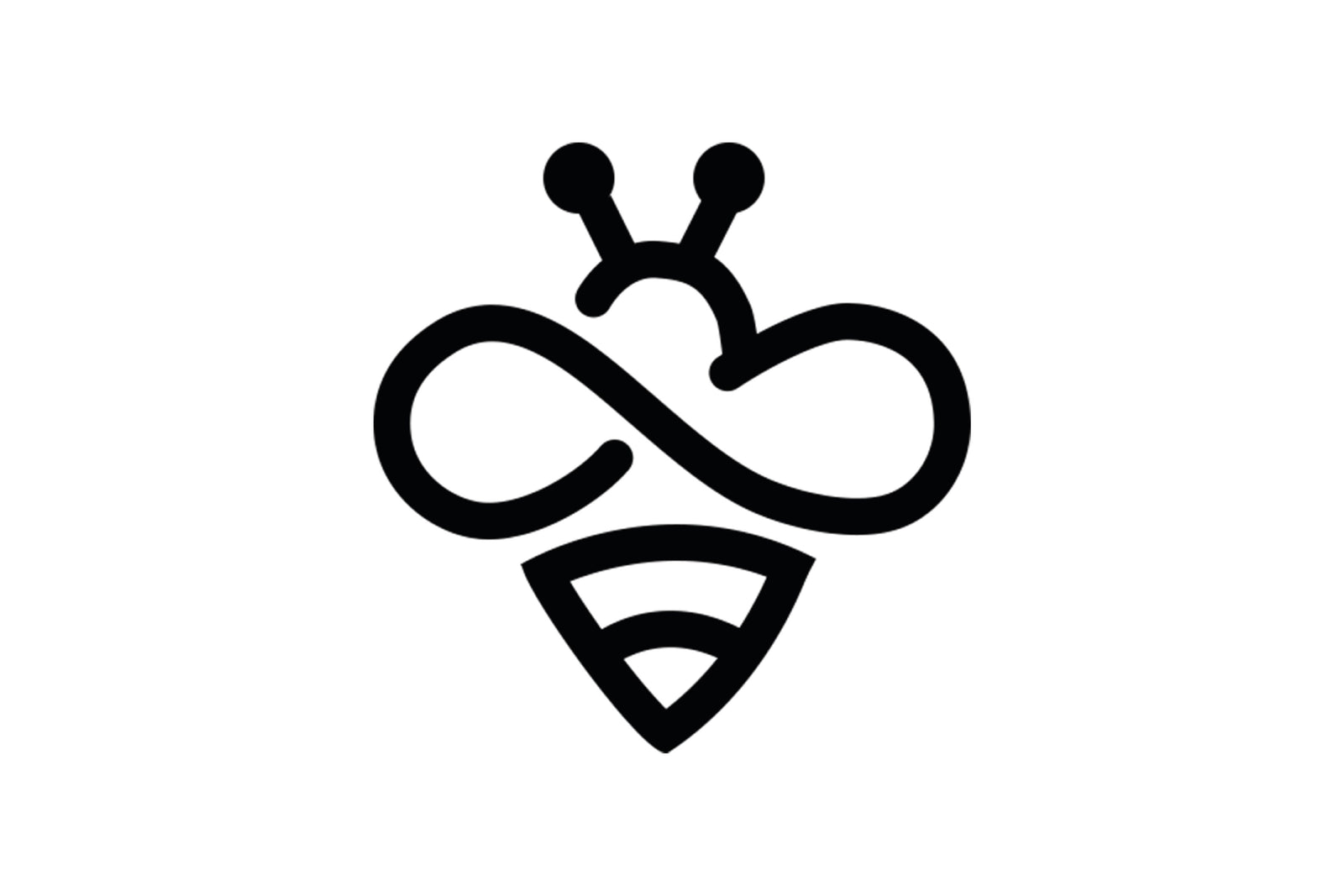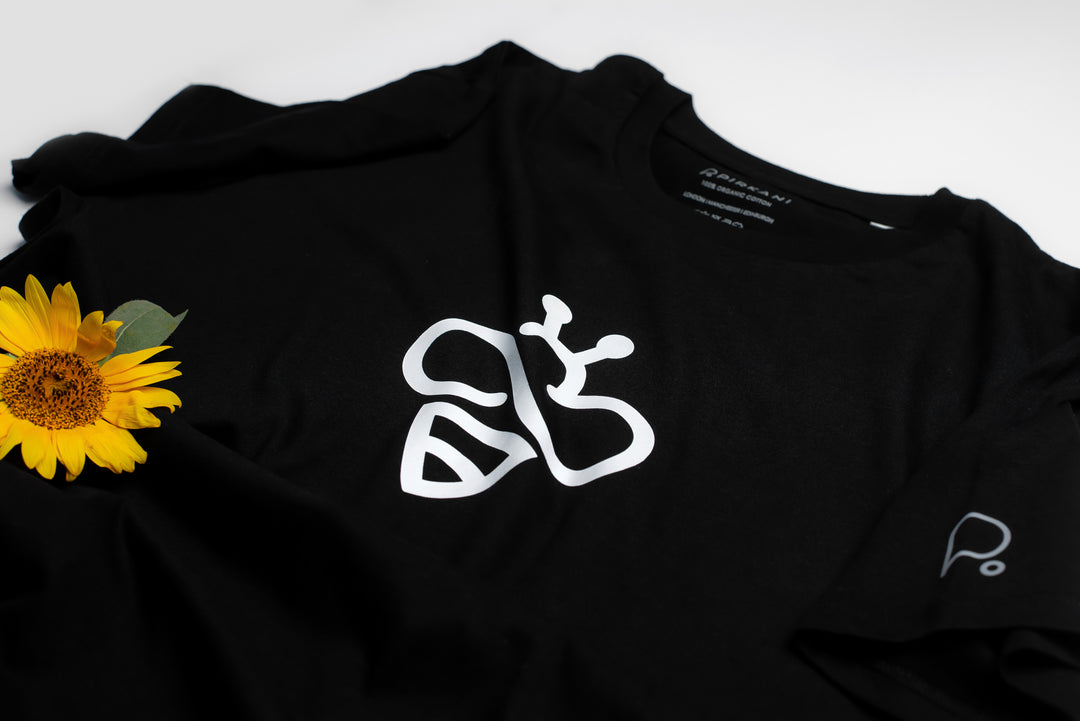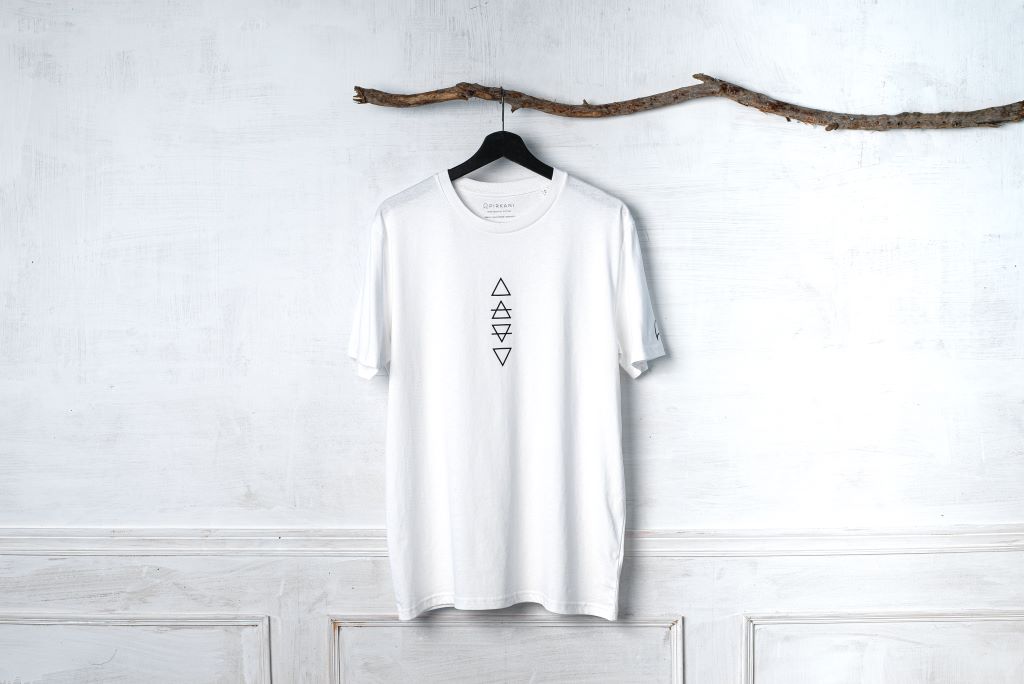How the Fashion Industry Can Contribute Towards Achieving the UN's Sustainable Development Goals

We're all becoming more aware of our environmental footprint. Whether it's saying goodbye to single-use plastic or swapping our cars for a bike when commuting to work, we've all been trying to become more sustainable. As consumers, we're shifting our focus on buying eco-friendly and ethical products, with all of us becoming more informed about the need for industries to become responsible and incorporate sustainability within their supply chains.
We're taking a look at the United Nations 17 sustainability development goals and how the contemporary fashion industry can adapt to meet them.
The UN's 17 Sustainable Development Goals
The United Nations released their 'Sustainable Development Goals' as urgent solutions to address some of the most pressing issues in our world tonight. These ambitious goals seek to tackle everything from environmental degradation to inequality and climate change.
Here is a quick run-through of the 17 sustainability goals:
-
No Poverty – More than 700 million people live in extreme poverty.
-
Zero Hunger – A third of the world's food is wasted, yet 821 million people are undernourished.
-
Good Health and Well-Being – Focus on vaccinations to end preventable diseases like measles.
-
Quality Education – 617 million children and adolescents, lack minimum proficiency in reading and mathematics.
-
Gender Equality – 1 in 3 women has experienced physical and/or sexual violence.
The UN Sustainability Development Goals that relate most to the fashion industry are goals 6-15:
-
Clean Water + Sanitation – Water scarcity affects more than 40% of the world's population.
-
Affordable and Clean Energy – 3 billion people lack clean cooking fuels and technologies.
-
Decent Work and Economic Growth – 1/5 of young people are not in education, employment, or training.
-
Industry, Innovation, and Infrastructure – Fund projects that provide basic infrastructure to developing countries.
-
Reduced Inequalities – Support the marginalized and disadvantaged.
-
Sustainable Cities and Communities – Reducing intercity pollution.
-
Responsible Consumption and Production – By 2050, we'll need the equivalent of three planets to sustain our current lifestyles.
-
Climate Change – global emissions of CO2 have increased by almost 50% since 1990.
-
Life Below Water – over three billion people depend on marine and coastal biodiversity for their livelihood.
-
Life on Land – forests are home to more than 80% of all terrestrial species.
While they are less relevant to the fashion industry, the final two UN Sustainability Development Goals are equally as important:
-
Peace, Justice, and Strong Institutions – In 2018, 70 million people were fleeing war, persecution, and conflict.
-
Partnerships – Revitalizing a global partnership for sustainable development.
These 17 goals aim to make the world a better place by 2030, which is why it makes up part of the 2030 Agenda for Sustainable Development. It acts as a holistic guide for us to improve the world where we live.
How Contemporary Fashion Can Meet the Goals
The fashion industry has a role to play in helping the UN meet these 17 ambitious goals. While not all of them directly apply to the industry itself, there are proactive steps that both fashion brands and consumers can take to achieve these sustainability goals by 2030. We're taking a brief overview of how these goals interlink and what steps the fashion industry can take to meet them.
Goals 5, 8 + 10: Gender Equality/Decent Work and Economic Growth/Reduced Inequalities
When we think of "fast fashion", the focus is usually on the materials used to create the apparel. Sustainable fashion is just as much about 'ethical' as it is 'slow' fashion. The majority of garment workers are women, who make up an estimated 90% of the workforce. The size of the garment industry is rising every year. In 2000, there were 20 million workers, before jumping up to 85 million by 2014.
What makes these number significant is that manufacturing is the second largest industry for cases of modern slavery. Of the 40 million people considered to be in 'modern slavery', 50% of them are thought to be in slave labour, and 1 in 3 of those subjected to modern slavery are children.
With most fashion brands choosing to outsource their manufacturing to developing countries, they often don't know how much garment workers earn. Most of these workers are subjected to poor working conditions and make significantly less than a living wage. Of 219 fashion brands surveyed, only 12% could show that they had taken action to pay garment workers above the country's legal minimum where they work.
Goal 12: Responsible Consumption and Production
With a growing demand for the latest clothing and ever-changing trends, brands produce more clothing than ever before. Gone are the days when a brand released one collection per season. High street brands have been known to release over 20 collections in the space of a year to keep up with social media trends.
The industry can take a vow to reduce overproduction and instead make a smaller volume of garments that meet demands while preventing waste. For the industry to make this change, brands and consumer have to work together. Over 80 billion fashion garments are purchased every year, working out at an average of 68 items per person. Greenpeace has estimated that 20% of clothing that we purchase isn't even worn once, with the average wear of each product being as little as four times.
Goal 13: Climate Change
One of the most important goals for the fashion industry is tackling climate change. 10% of the world's carbon emission comes from just the fashion industry. Within the next 30 years, this number will jump to 26%. Most of the CO2 emissions come from garment production, in particular jeans and t-shirts. It's time for the industry to become innovative and find environmentally friendly methods that can be incorporated into supply chains to lower CO2 emissions.
Did you know the honey bees are essential creatures to all life here on earth? They support our various ecosystems and the life of human beings on earth. It is recognised that bees directly contribute towards 15 of the 17 SDGs? That’s exactly what our sustainable bee represents.
Do you want to find out more about how you can help the UN meet its sustainable goals? They launched the 'UN Alliance for Sustainable Fashion' in 2019, intending to create a more sustainable industry from the start to the end of a garment's lifespan.






Dear pirkani.eco administrator, You always provide valuable information.
Leave a comment